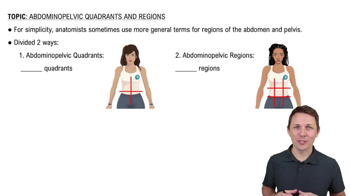Textbook Question
Define homeostasis.
645
views
2
rank
 Verified step by step guidance
Verified step by step guidance



Provide the anatomical term that correctly names each of the following body regions: a. arm, b. thigh, c. chest, d. fingers and toes, e. anterior aspect of the knee.